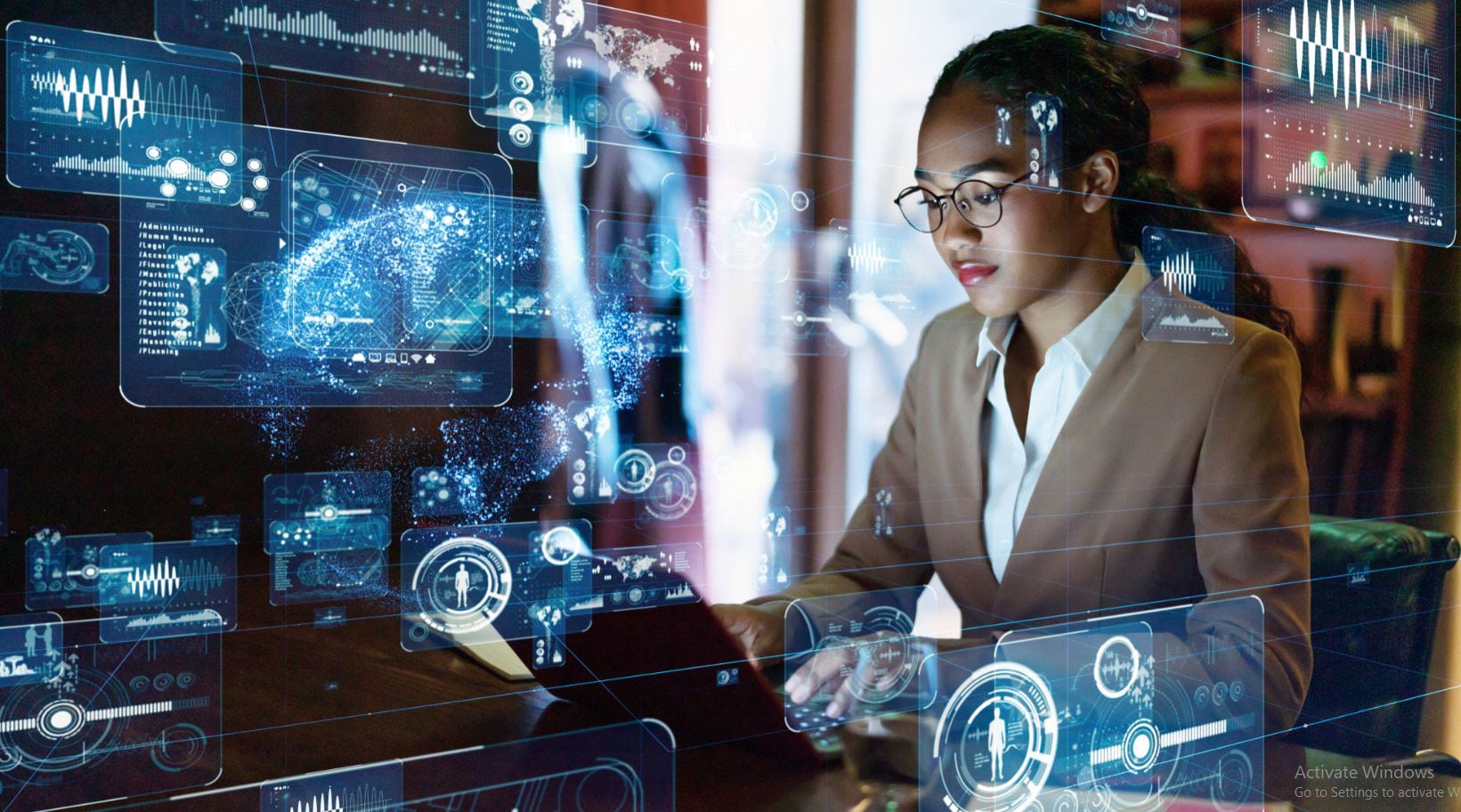10 septembre 2020
The Role of Artificial Intelligence in Data Security
With threats materializing daily, businesses owe it to their customers and partners to shore up their servers with the innovative new data security tools.

Organizationsacross the globe have embraced artificial intelligence, adopting productionsoftware and tools that leverage computer learning to automate and streamlineessential business processes. However, few have deployed the technology withinanother space that is no less important than the shop floor: the informationtechnology department.
Security firmsand software makers have embraced AI-powered data security tools, as thesecritical fixtures give users the power to protect their online assets withoutrelying on the presence of human IT personnel. Unfortunately, those outside ofthe cybersecurity sector have yet to show enthusiasm about AI-based digitaldefenses. Tech Pro Research surveyed almost 300 top-level ITprofessionals. Approximately19 percent attested to working with AI technology, a strong figure. Even so,most ranked data security as its fourth most important use, behind salesforecasting, consumer behaviour analysis and general research.
With the sheernumber of digital threats materializing daily, businesses owe it to theircustomers and partners to shore up their servers with the innovative new datasecurity tools, and that means taking a meaningful look at AI. Just how is thistechnology helping organizations defend their data caches?
Extra eyes on theinside
Monitoring isa central component of most data security strategies. Often, ITspecialists handle this duty, searching servers and networks for suspiciousactivity. Even then, things slip through the cracks, as it's impossible forhumans to catch every blip on the radar. Plus, it can be difficult for securitypersonnel to pick separate legitimate threats from relatively minorpenetrations. Together, these variables complicate things considerably and makeit hard to properly protect internal networking infrastructure.
AI-based security technology addresses this issue, according to TechCrunch. Comment? It can continuously watch over systems and print out only the most serious occurrences of questionable server activity. This capability alone helps organizations save time and money, as analysts can quickly scan the data and decide whether or not mitigation is needed.
However, theseadvanced tools do more than narrow down unstructured breach information theyalso learn from it. After taking in terabytes of penetration data, the softwarecommits it to memory and uses it as context for new data. This process isrepeated over and over again. With each new bit of information, the solution'smonitoring and data review capabilities get sharper.
Think about the system as a virtual analyst
The ComputerScience and Artificial Intelligence Laboratory at the Massachusetts Instituteof Technology is at the forefront of this technology. The institutionpublicized new research on a system called AI2, which can predict 85 percent ofcyberattacks basedon human input, MIT Newsreported.
"You canthink about the system as a virtual analyst," Ignacio Arnaldo, chief datascientist at PatternEx, the firm partnering with MIT on the AI2 project, toldthe publication. "It continuously generates new models that it can refinein as little as a few hours, meaning it can improve its detection ratessignificantly and rapidly."
Platforms likeAI2 open up new opportunities for enterprises looking to maximize the accuracyand efficiency of their data security efforts.
New horizonsahead
AI-equippedsoftware may soon have the ability to act on breach data and implement automatedmitigation techniques, all withouthelp from human analysts, according to Dark Reading. This would transform thedata security space and allow companies to more easily guard online resources.Alas, this capability is years off. Even solutions such as AI2 see limited use,as designers perfect their code and fine-tune them for mass distribution.However, it is clear that AI will find its way into IT control centres in theyears to come, as its capabilities are just too advancedto ignore, CIO reported.
"Theprocesses behind threat intelligence and breach discovery have remainedincredibly slow due to the need for a human element," biometric securityspecialist George Avetisov told the magazine. "AI is transforming the speedat which threats are identified and attacks are mitigated by greatly increasingthe speed at which such intelligence is processed." Soon, enterprisecloud servers could be crawling with sentient threat-detectors, allowingorganizations to avoid breaches and extra IT costs.


